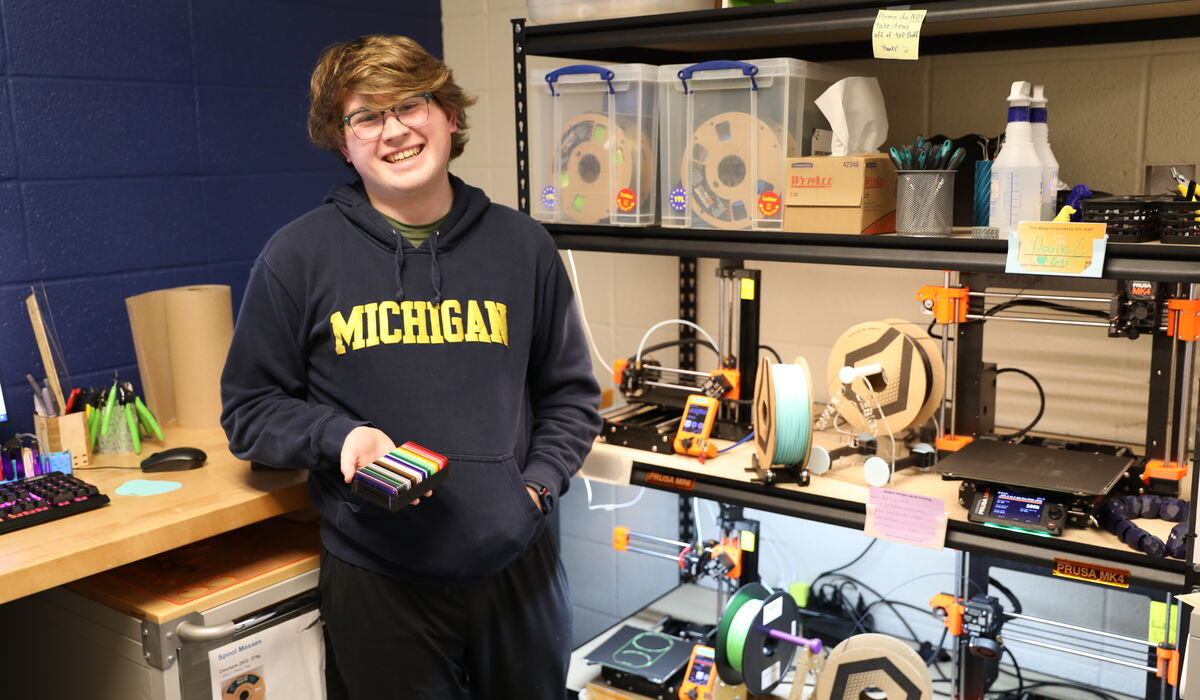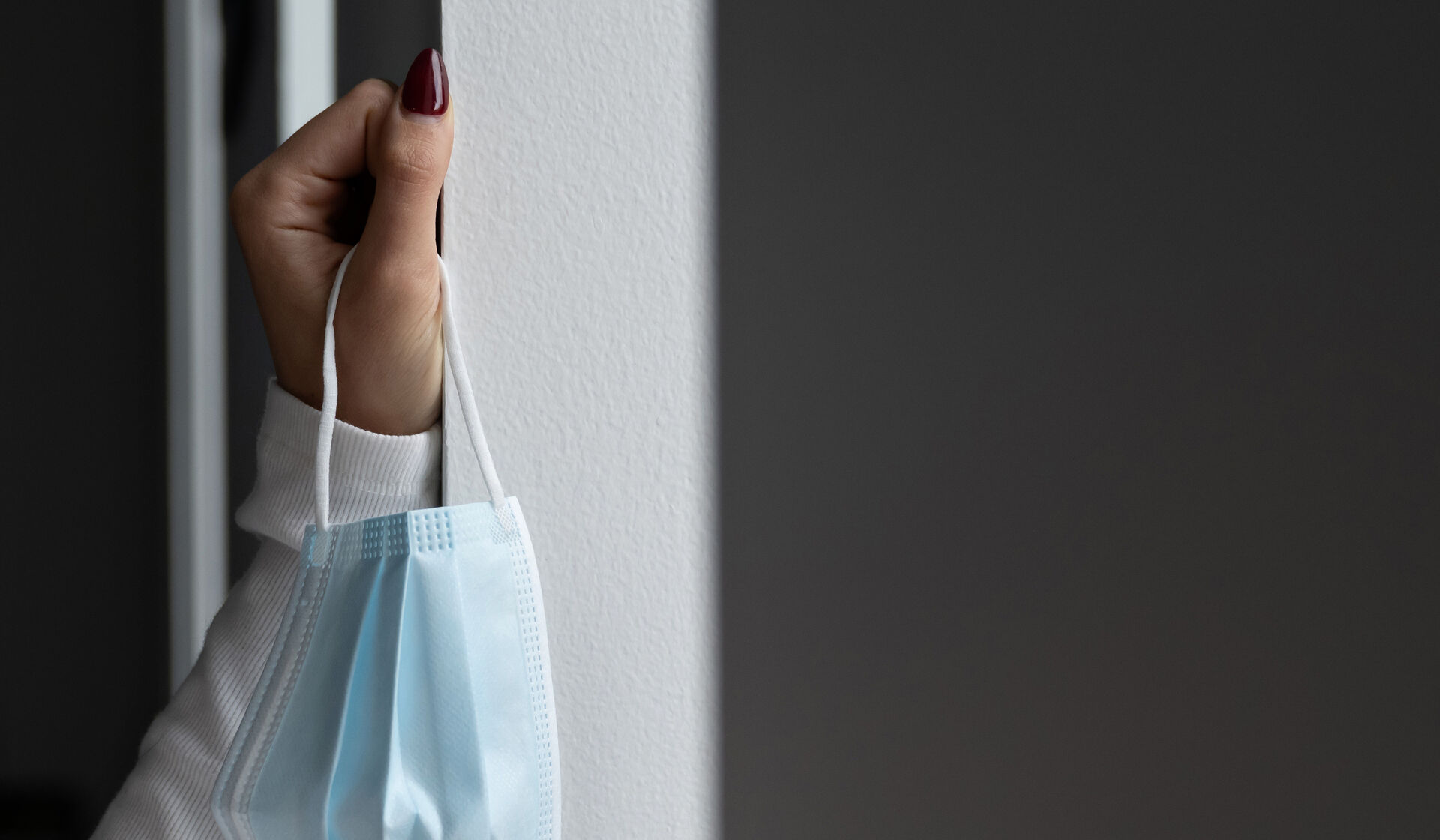Wander to the back of the Shapiro Undergraduate Library’s first floor, and you’ll find a student tinkering with a battery at a soldering station while another tries their hand at sewing. Across the room, a group prototypes their latest inventions at a set of 3D printers. Next door, podcasters, singers, and animators are tucked away in private studios.
The Shapiro Design Lab is a playground for curious creators.
Split into three distinct areas — a workshop, media production rooms, and a collaborative workspace — the experiential space is designed to unite research, art, and teaching for engaged learning opportunities. It opened in 2017, bringing exciting tools and technology to U-M’s central campus.
Erica Ervin, a creative spaces specialist for the Shapiro Design Lab, says that, prior to the lab’s opening, the Duderstadt Center was the only space on campus students could go to use such equipment.
“It’s really important to us here in the library to make sure that [these tools and technology] are accessible to everyone across the University,” she adds.
The workshop — “a tiny fabrication studio, our little makers’ space,” as Ervin describes it — is lined with 3D printers, a laser cutter and engraving machine, early 20th-century letterpresses, and other hands-on equipment. It is the library’s own version of the Duderstadt’s Fabrication Underground maker’s space.
“It’s so much more convenient to have a maker space [on Central Campus],” says August Mashburn, a fifth-year senior who works three days a week in the lab.
Beyond the workshop, three media production rooms are outfitted with equipment for audio and video production, game design, 3D and graphic design, and animation. The PIE Space — which stands for prototype, inspire, and explore — serves as a place for solo study and collaborative group work; it’s also home to a prototyping cart filled with scrap materials and other brainstorming tools, and the “Design-o-matic 4000,” a refurbished vending machine that distributes creators’ work and seed packets for gardening. The area is also used for class meetings, workshops, and events.
It’s all free to use: the spaces, materials, and equipment. Experience isn’t necessary, thanks to a staff of student interns and residents who are always available to provide guidance and project consultation. Students, faculty, and staff can book time in the workshop and media rooms after completing two brief online training modules.
Sketch Smith, a U-M student who works in the lab as a media production specialist, sees firsthand how low-barrier access to these resources encourages innovation and creativity, saying that “it shows in the randomness of what people come in here to do.”
Visitors use the resources for course projects, custom research tools, or to simply learn, explore, and create.
“We know spaces like this exist … but sometimes those spaces can be incredibly locked down,” Ervin says. “Having this space as an option, you don’t have to worry about, ‘Is this my spot?’ This is everyone’s spot, and we want to make sure everyone knows that.”
Katie Frankhart is a senior writer at the Alumni Association of the University of Michigan.





